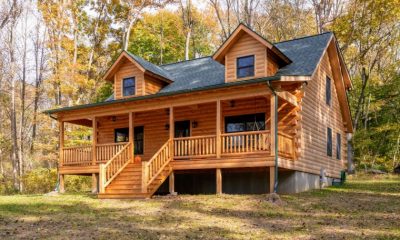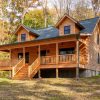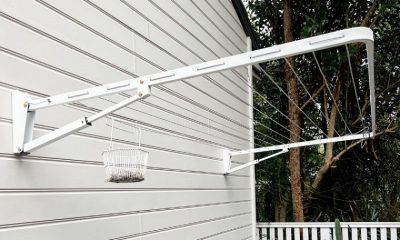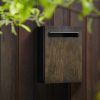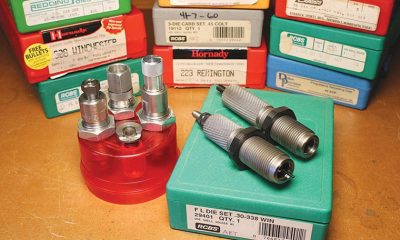House & Garden
Preserving Your Log Home’s Rustic Charm: The Benefits of Wood Cleaners
Log homes are a unique blend of rustic charm and natural beauty. And if you are lucky to be the owner of one somewhere in the vast landscape of Canadian wilderness, then you are surely aware of the importance of maintaining these beautiful wooden homes. Part of this maintenance is cleaning the interior and exterior surfaces with wood cleaners designed specifically for log homes.
These products are essential for preserving the appearance and integrity of your cottage. Whether you have a log cabin in the Rockies, a timber-frame cottage in Muskoka, or even just wood accents in your Toronto city home, it is essential to know how to take care of wood properly.
Understanding Log Home Surfaces
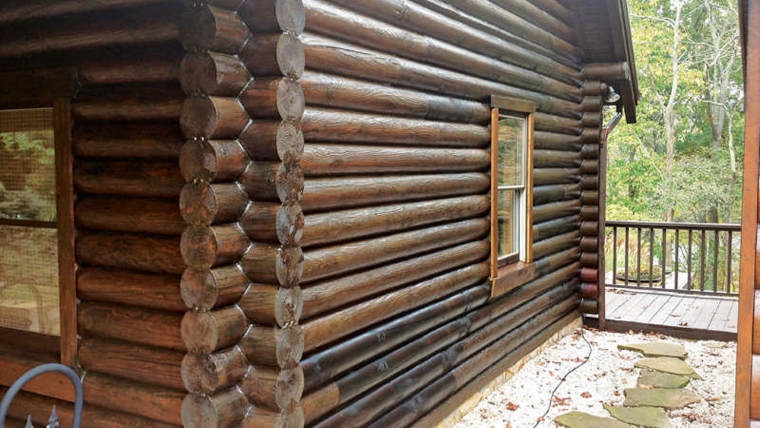
Log houses have exposed wood surfaces both inside and outside, creating a distinctive aesthetic that connects occupants with nature. But this also means they are exposed to the elements and daily wear. Wood is organic and porous in nature, which makes it susceptible to decay. Log surfaces can be compromised by water, UV rays, dust, insects and microorganisms. Regular cleaning using a specialized wood cleaner wards off these threats and extends the life of your investment.
Why General Cleaners Fall Short
Most of the cleaning products used at home contain abrasive chemicals like bleach, ammonia or other harsh chemicals that strip away the wood’s natural oils and protective coatings. They dry out logs, cause cracking and lead to accelerated aging. General cleaners are not typically designed to meet the special needs of log home maintenance. Although they may remove surface dirt temporarily, they fail to penetrate deeply enough to remove embedded grime, pollen, or early mold growth that can lead to long-term damage.
Advantages of Specialized Wood Cleaner Products

Wood cleaners specifically designed for log homes provide a number of benefits. They’re generally pH-balanced to work with wood’s natural chemistry and maintain its integrity while effectively dissolving dirt and contaminants. Quality wood cleaners contain ingredients that condition and clean the wood. These products restore the natural oils and maintain the wood’s flexibility and resilience.
Conditioning is particularly important in regions with extreme temperature changes that lead to wood expanding and contracting with the seasons. These cleaners are generally sold in concentrate form that you dilute with water according to the instructions. Some are created for interior use only, while others are made to handle harsher conditions on the outside.
The Benefits for Exterior Wood Surfaces
The primary benefit is defence against harsh weather conditions. From Yukon heavy snowfall to Newfoundland Atlantic salt spray, exterior wood is always under assault. Regular cleaning removes dirt that traps moisture against the wood and leads to rot and decay. Exterior log cleaner also prevents and cleans mold, mildew and fungi that thrive in damp environments.
These are not only aesthetically displeasing but can also damage wood and create potential health risks. Protection from the UV rays is another important benefit. Wood cleaning products contain ingredients that protect exposed surfaces from the sun’s harmful rays. Proper cleaning prepares log surfaces for protective coatings, such as stains and sealants.
These products perform effectively only when applied to clean surfaces. Residues from improper cleaning can prevent even penetration of stains and proper adhesion of sealants. Investing in top-of-the-line wood cleaner products ensures that subsequent maintenance procedures will be more efficient and long-lasting. This prep step is crucial in getting the most out of your total wood care system.
Benefits for Interior Wood Surfaces
Regular cleaning prevents buildup of dust and allergens that tend to collect on wood surfaces. For allergy patients or those with respiratory sensitivities, this can be a huge difference in indoor air quality—particularly during long Canadian winters when windows are closed. The process keeps the warm, natural look of interior wood.
Wood surfaces can dull from cooking grime, smoke from your fireplace and even plain old dust. A quality log washing refreshes that natural look without requiring harsh sanding or refinishing. Interior log washing repels insect infestation. Clean wood is less attractive to wood-boring insects that might otherwise come in and make themselves comfortable in your logs or beams, which would cause structural damage in the long run.
Finally, log home cleaners maintain your wood at a constant moisture level. Most of these products contain ingredients that prevent over-drying, which leads to checking and cracking—particularly important during dry winter months when indoor heating systems can pull moisture out of wood.
How Often Should You Wash Your Log Home?
Annual log washing indoors as part of regular spring or fall cleaning is usually enough. For the exterior surfaces, the process can be done every 6-12 months, with additional spot cleaning after harsh weather. Northern and coastal locations may require more washing due to higher rates of precipitation and humidity, and Prairie residents would likely focus on being shielded from extreme temperature fluctuations and dryness.
To Sum Up
Proper upkeep of log surfaces isn’t just about appearance—it’s about preserving your home’s charm and protecting your investment. Specialized wood cleaning products can help you maintain the structural integrity of your logs, prevent expensive repairs and keep your home beautiful for many years.
Writing for the blog since 2012, Chris simply loves the idea of providing people with useful info on business, technology, vehicles, industry, sports and travel – all subjects of his interest. Even though he sounds like quite the butch, he’d watch a chick flick occasionally if it makes the wife happy, and he’s a fan of skincare routines though you’d never have him admit that unless you compliment his impeccable skin complexion.





